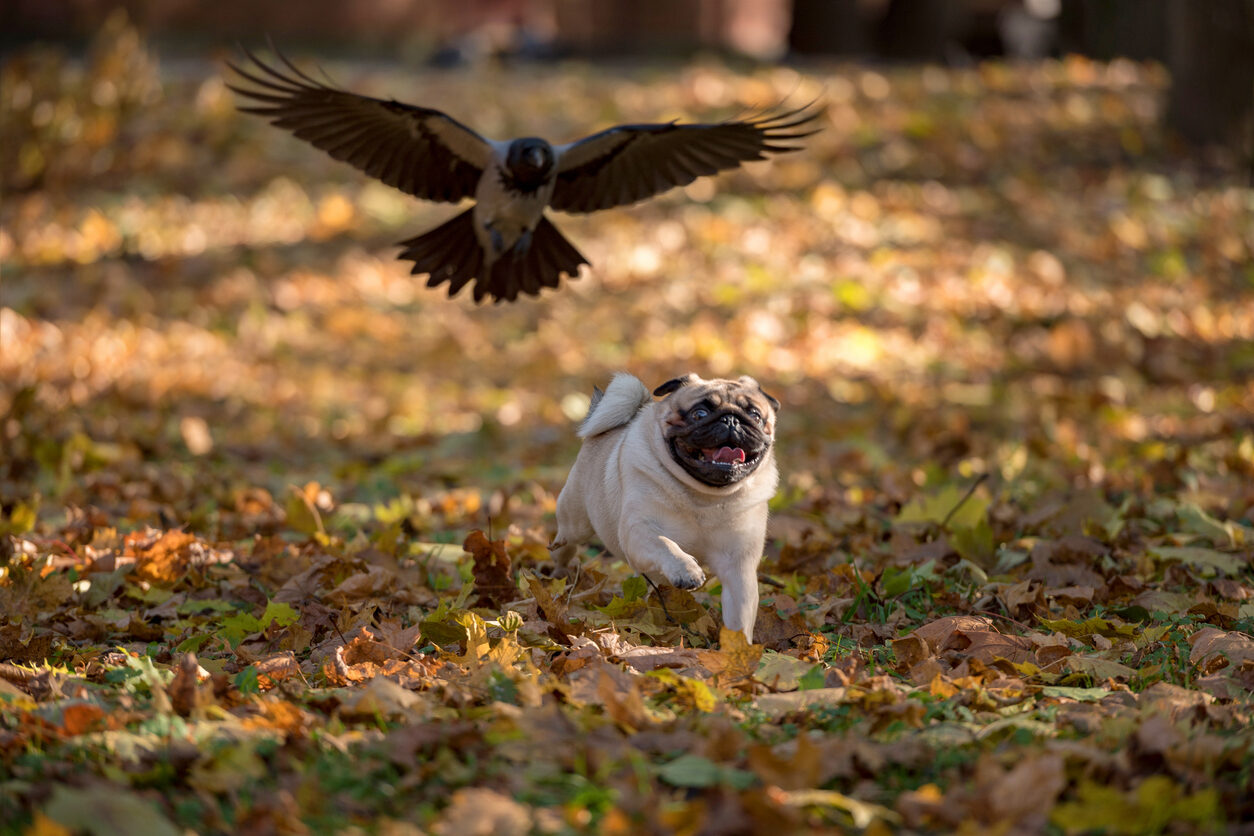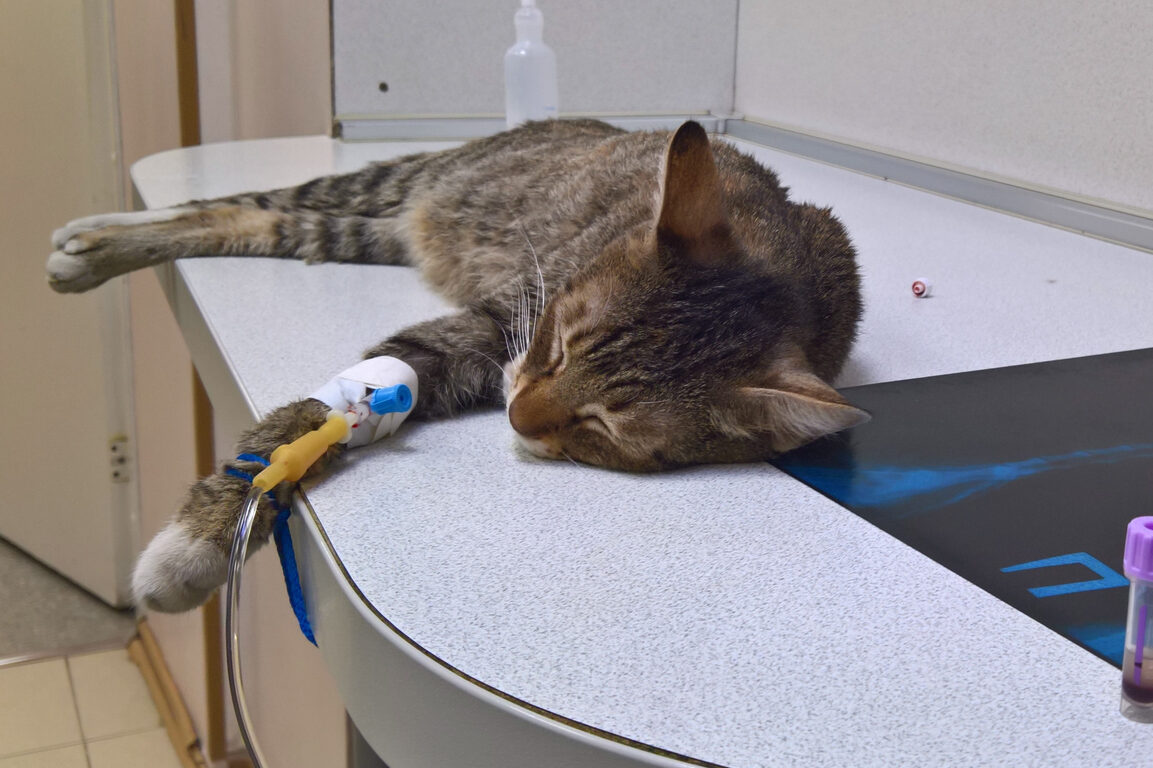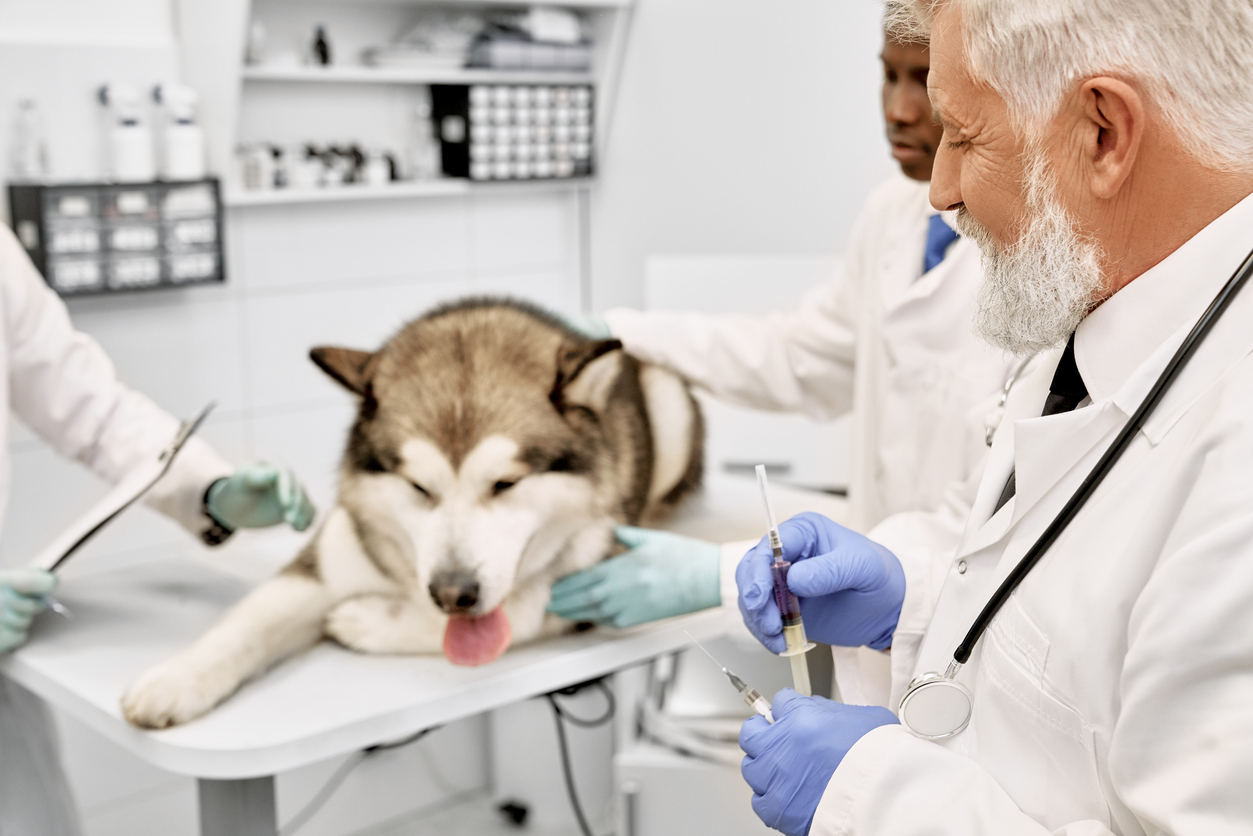
In 2025, bird flu is no longer a distant threat, it’s hitting closer to home. With rising cases across the U.S., vets are warning that pets face new risks. Wild birds are entering cities, contaminated pet food is slipping through, and more animals have weakened immune systems. Here’s why your pet may be more vulnerable this year and what you can do to keep them safe.
Increased transmission from wild birds

In 2025, bird flu is spreading faster—and closer to home. Climate change is shifting bird migration patterns, bringing infected flocks into cities, parks, and backyards where pets can easily come into contact with contaminated droppings, feathers, or water. Even species once thought resistant are now getting sick, suggesting the virus may have mutated. Pets like dogs and cats that chase or hunt birds are especially at risk—and they might carry the virus home before showing any symptoms. Source: PetMD
Contaminated pet food supply

In 2025, bird flu is creeping into pet food—and it’s a growing risk. Many commercial foods use poultry by-products, which may come from infected birds. While heat-treated foods are safer, raw or lightly processed diets pose a bigger threat. Cross-contamination is also a concern, especially in facilities handling both infected and non-infected poultry. Even with safety rules, enforcement isn’t perfect. To protect your pet, avoid raw poultry, check for recalls, and stick with trusted brands that follow strict quality controls. Source: NY Academy of Sciences
Weakened immune systems in pets

In 2025, pets are getting sicker—and their immune systems are to blame. Urban pollution, processed foods, and stress are weakening pets’ defenses, leading to more chronic issues like allergies and obesity. This makes them more vulnerable to infections like bird flu. Overmedication and antibiotic resistance aren’t helping, and with rising pet food recalls, the risk is real. Pet owners should act now: feed a balanced diet, avoid pollutants, and keep up with vet visits to boost immunity and protect their pets. Source: FoxNews
Delayed Detection and Misdiagnosis

In 2025, bird flu symptoms in pets are harder to spot and that’s causing delays in treatment. Unlike in birds, the signs in cats and dogs can mimic other common illnesses like kennel cough, digestive issues, or seasonal allergies. Vets warn that misdiagnosis is becoming more common, especially in early stages. With some pets carrying the virus without immediate symptoms, there’s also a risk of household spread before anyone realizes there’s a problem.
This lag in detection not only increases the danger for pets but also complicates outbreak tracking. To stay safe, pet owners should monitor unusual symptoms like sudden lethargy, respiratory trouble, or changes in appetite and report them early. Rapid response can make all the difference. Source: AVMA


